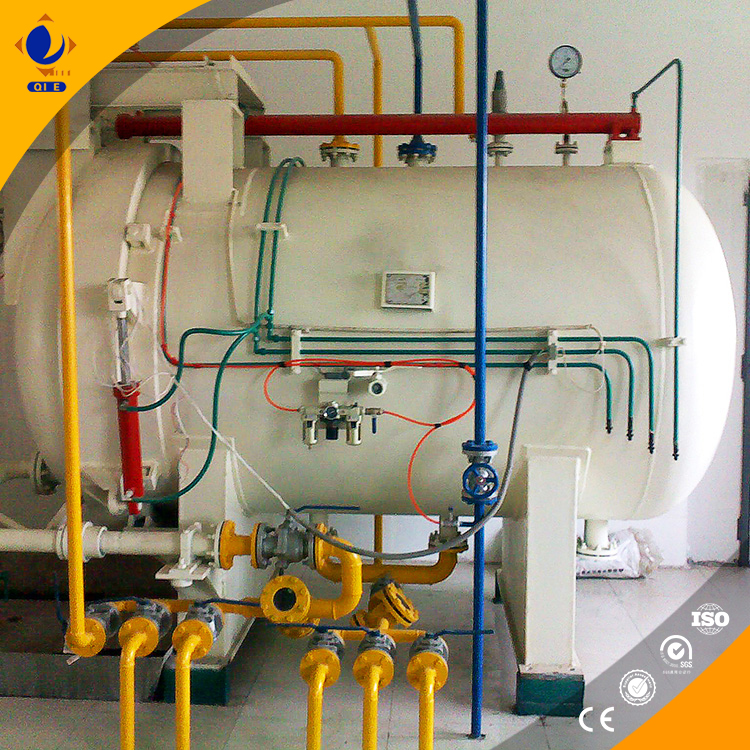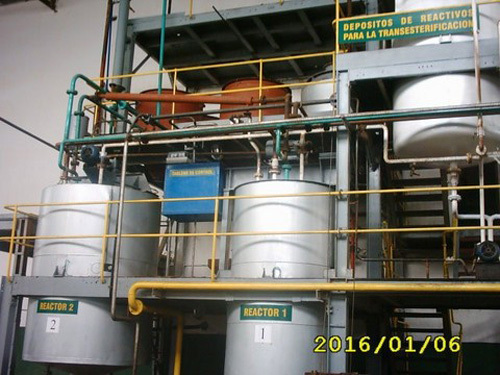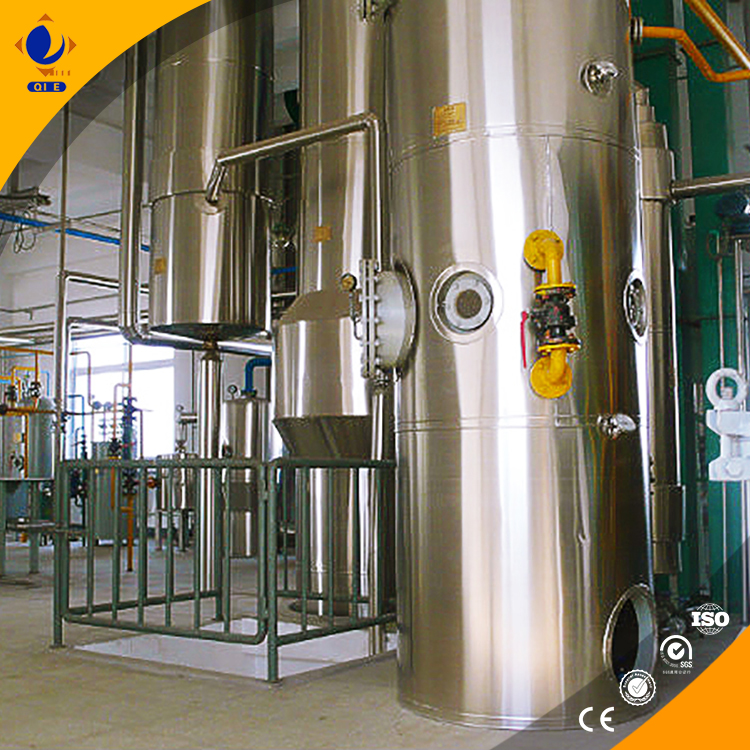
In the modern industrial landscape, high - efficiency refining equipment plays a pivotal role. According to a report from the International Energy Agency (IEA), the global demand for refined oil products has been steadily increasing at an average annual rate of about 2 - 3% over the past decade. This growth has spurred the need for more advanced and efficient refining equipment in the market. With the intensifying competition in the refining industry, companies are constantly seeking ways to improve production efficiency and reduce costs.

The technical performance of refining equipment is crucial. For example, the distillation efficiency of a refining unit can significantly affect the quality and quantity of refined products. A high - end refining unit can achieve a distillation efficiency of up to 95% or more, according to a study by the American Petroleum Institute (API). This high efficiency means more valuable products can be obtained from the same amount of raw materials.
Energy consumption is another important factor. On average, traditional refining equipment consumes about 10 - 15% of the total energy input during the refining process. In contrast, modern high - efficiency equipment can reduce this figure to 5 - 8%, as reported in a recent industry white paper. This reduction in energy consumption not only lowers operating costs but also aligns with environmental protection requirements.
The compatibility of the equipment with existing production lines and the maintenance cost are also key considerations. A piece of equipment that is highly compatible can be easily integrated into the existing system, reducing the need for large - scale modifications. Moreover, equipment with lower maintenance costs can save up to 30% in annual maintenance expenses, based on industry data.

In different application scenarios, such as small - scale local refineries and large - scale industrial complexes, different equipment configurations have a significant impact on business efficiency. For small - scale refineries, a compact and modular refining unit can increase production efficiency by up to 20% compared to traditional large - scale equipment, as it can be quickly adjusted according to actual production needs. In large - scale industrial complexes, a highly automated and integrated refining system can reduce labor costs by 40% and improve overall production efficiency by 30%.
The current technological innovation in refining equipment is mainly focused on automation and intelligence. The application of automation technology can reduce human error and improve the stability of the production process. For example, an automated control system can adjust the operating parameters of the equipment in real - time, increasing the yield of refined products by about 15%. The use of intelligent sensors can also predict equipment failures in advance, reducing downtime by up to 50%.
Looking ahead, the future of refining equipment is promising. The market is expected to grow at a compound annual growth rate (CAGR) of 5 - 7% in the next five years, according to a market research firm. The trend towards more environmentally friendly and energy - efficient equipment will continue, and companies that can adapt to these trends will gain a competitive edge in the market.

To select the most suitable refining equipment, companies need to comprehensively consider the above - mentioned factors. By choosing the right equipment, companies can not only improve production efficiency but also enhance their brand image. Selecting high - efficiency refining equipment can help businesses achieve maximum production efficiency and gain a head start in the market.
Are you ready to take your refining business to the next level? Click here to learn more about our high - efficiency refining equipment and how it can transform your operations.


